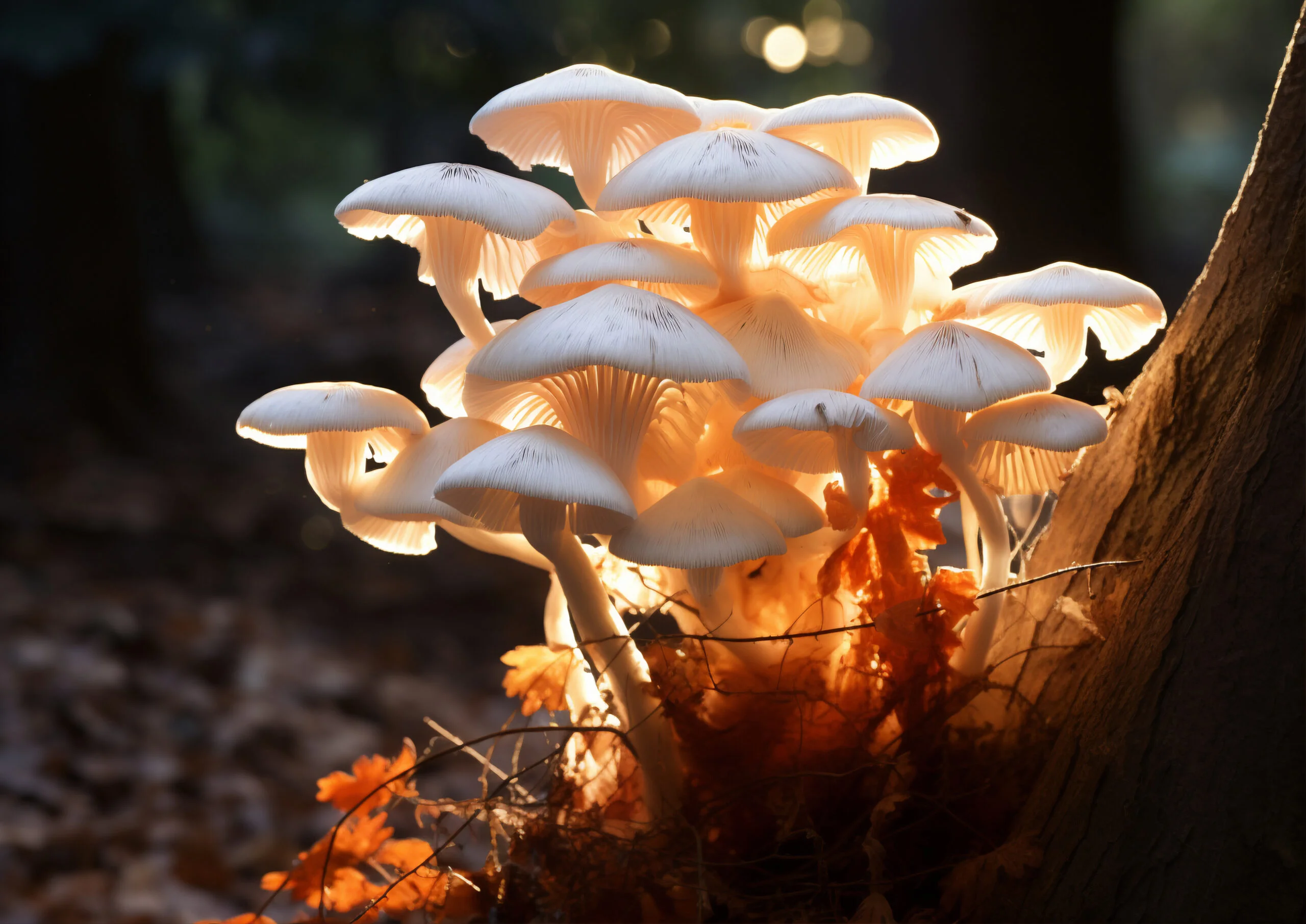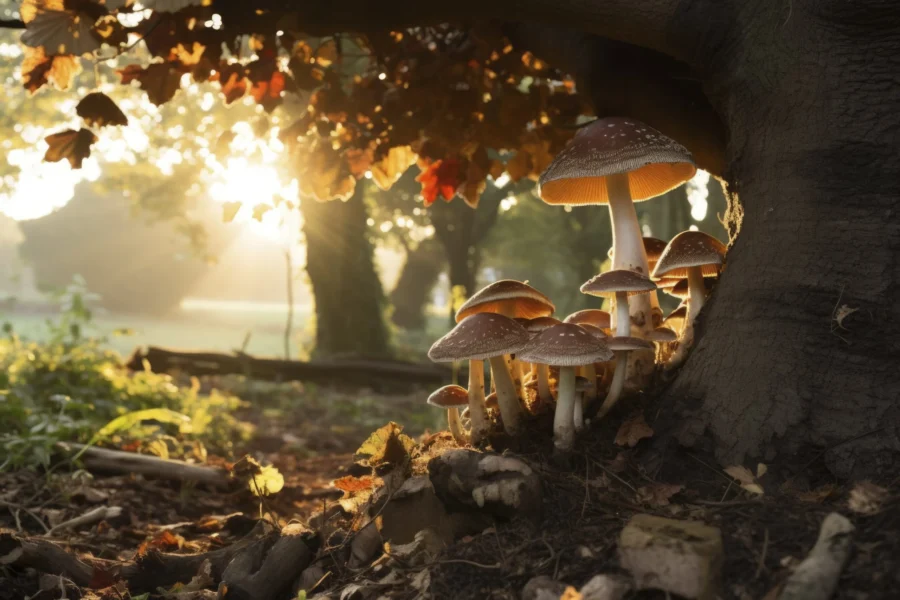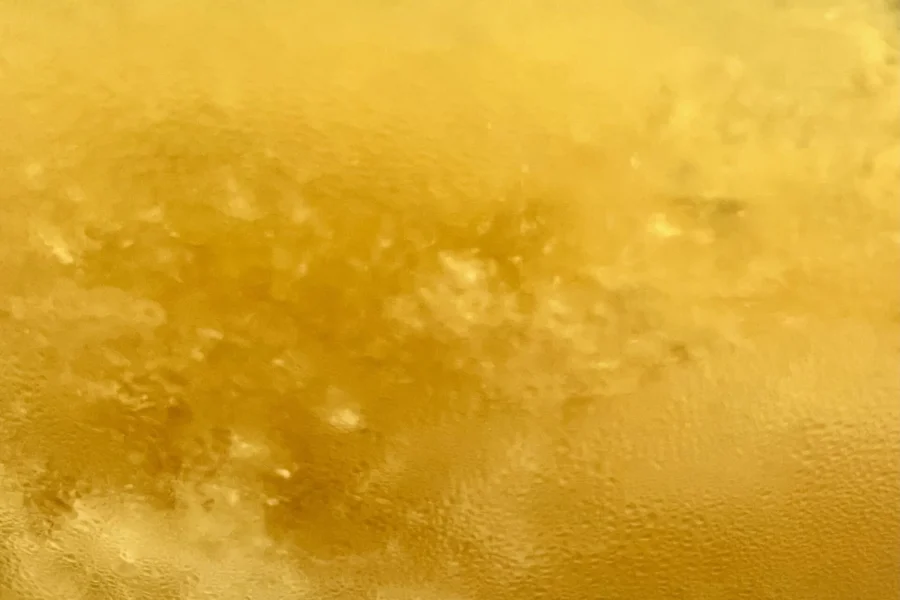What Are So-Called Magic Mushrooms?
Magic mushrooms, also known as hallucinogenic mushrooms, are fungi containing psychoactive substances such as psilocybin. For centuries, they have been used in ritualistic and spiritual practices in various parts of the world. Nowadays, these mushrooms are gaining increasing attention due to their potential therapeutic applications. However, it remains a topic open to different interpretations and filled with unanswered questions.
We will introduce you not only to the history and cultural background of magic mushrooms but also discuss their properties and how they work. We will also address legal issues, as well as the potential benefits and risks associated with their use. I want this text to be a reliable source of knowledge for you and to answer any questions you might have.
Definition and Types of Magic Mushrooms
When we talk about “magic mushrooms,” what exactly do we mean? These are mushrooms containing psychoactive substances such as psilocybin, known for inducing altered states of consciousness, including hallucinations and profound spiritual experiences. While there are many species of psychoactive mushrooms, a few are particularly well-known and widely studied.
Psilocybe Cubensis
One of the most recognizable and widely available species, Psilocybe cubensis, is known for its relatively large size and broad availability. It is often favored by enthusiasts due to its moderate potency and ease of cultivation.
Psilocybe Semilanceata
Also known as the “liberty cap,” Psilocybe semilanceata is a smaller but more potent species, commonly found in the wild across Europe. Its hallucinogenic potential is significantly higher, making it a popular choice among more experienced users.
Other Species of Magic Mushrooms
Other species, such as Psilocybe azurescens or Psilocybe cyanescens, are also of interest due to their unique properties. They differ in potency, effects, and the environments in which they naturally occur.
These mushrooms not only differ in appearance and natural habitat but also in the intensity and character of the experiences they induce. It is worth noting that each of these species possesses a unique chemical profile, which influences users’ experiences. In the following sections, we will take a closer look at the historical and cultural significance of these mushrooms, their active components, and their impact on the human psyche.
Historical and Cultural Significance of Magic Mushrooms
Surrounded by an aura of mystery, magic mushrooms have a rich and diverse history of use in various cultures worldwide. Their influence on communities and spiritual practices over the centuries has been both profound and fascinating.
Ancient Traditions
One of the most significant examples of the historical use of magic mushrooms comes from ancient Mesoamerican civilizations, including the Aztecs. For them, mushrooms called “teonanácatl” (literally meaning “divine mushrooms”) were sacred and used in religious ceremonies to communicate with the gods. In these rituals, mushrooms served as a tool for achieving trance states and visions, enabling a deeper understanding of the spiritual world and its mysteries.
Medieval Europe
In Europe, though less documented, there is evidence suggesting that hallucinogenic mushrooms were known and possibly used for ritualistic and medicinal purposes. Some theories connect magic mushrooms with certain aspects of European folklore, including tales of witches and their “flights.”
Indigenous Cultures
Indigenous tribes of North and South America also have a long history of using hallucinogenic mushrooms in their spiritual and healing practices. For many indigenous communities, these mushrooms played a vital role in healing and transformative ceremonies.
Modern Discoveries
In the 20th century, thanks to the work of individuals like Robert Gordon Wasson, an ethnobotanist and researcher, the Western world rediscovered magic mushrooms. Wasson, who documented the use of mushrooms in Mazatec rituals in Mexico, contributed to the growing interest in these substances in the Western world. This rich cultural and historical heritage of magic mushrooms shows how deeply they are rooted in human traditions and practices.
What Psychoactive Substances Are Found in Magic Mushrooms?
The main psychoactive substance that gives magic mushrooms their unique properties is psilocybin. It is psilocybin that is responsible for inducing altered states of consciousness experienced by users. But what exactly happens when psilocybin enters the human body?
Psilocybin and Its Transformation
After ingestion, psilocybin is converted in the body into psilocin, a chemical that actively affects the brain. Psilocin binds to serotonin receptors, particularly the 5-HT2A receptors, leading to changes in perception, mood, and thought processes. This is similar to the action of other psychoactive substances, such as LSD, although the mechanisms differ.
Effects on the Brain and Perception
The effects of consuming magic mushrooms can vary greatly depending on the individual, the dose, and even the environment in which they are taken. These experiences may include visual and auditory hallucinations, changes in the perception of time, a deep sense of connection with surroundings, and introspection. Sometimes, they may also induce so-called “mystical experiences,” characterized by a profound sense of unity and understanding of the universe.
Long-Term Effects
Interestingly, studies show that even single experiences with mushrooms can have long-lasting positive effects on well-being and mental state. Some users report lasting life changes, such as improved mood, increased openness, or reduced anxiety.
Safety and Risks
It is important to note that despite potential benefits, consuming psychoactive mushrooms also carries risks. Improper dosages, unfavorable environmental conditions, or existing mental health issues can lead to unpleasant experiences, known as “bad trips.”


